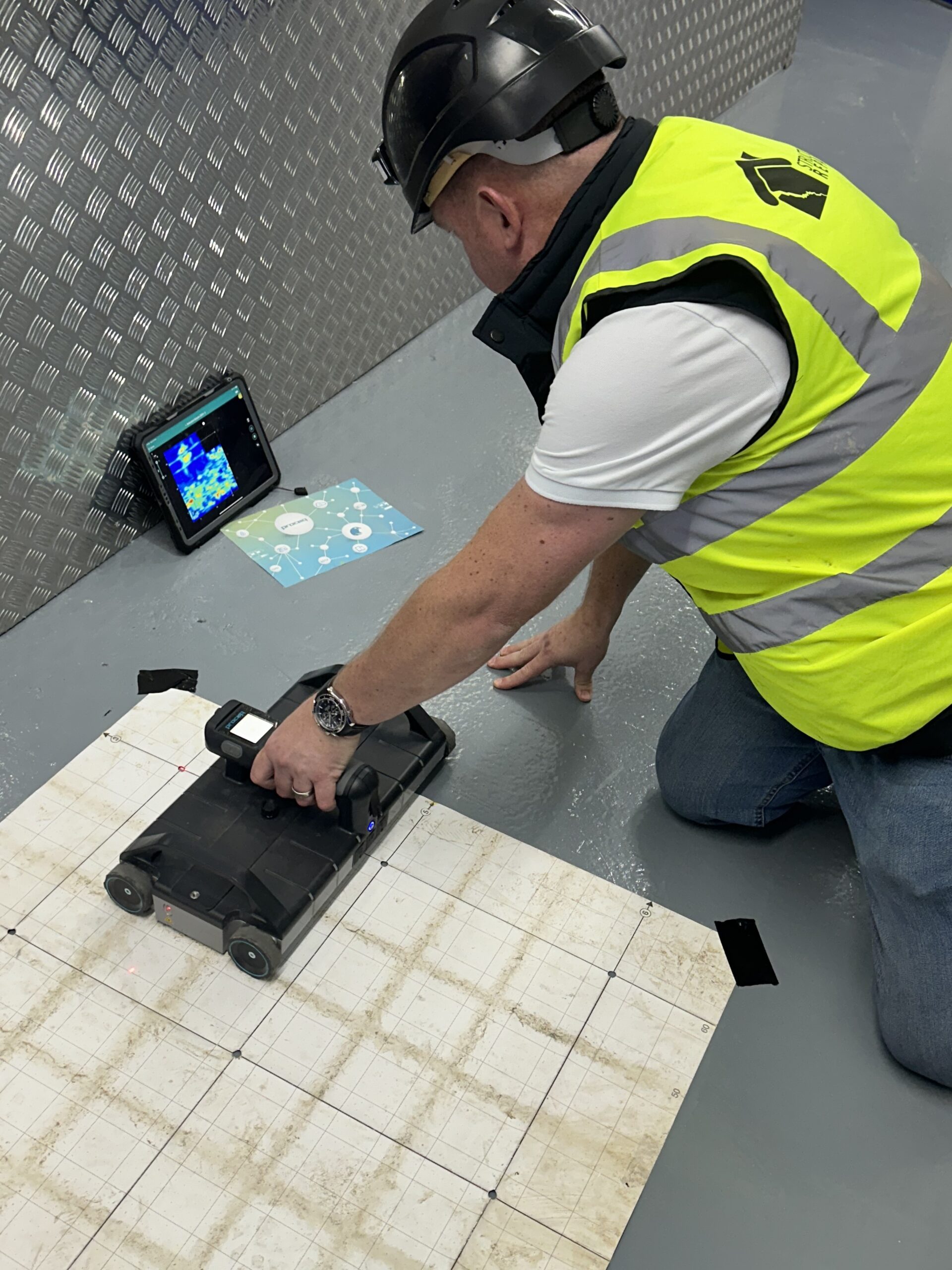Unveiling the Power of RainierGPR Concrete Scanning Modern Technology
Discovering the Midst: A Comprehensive Overview to Concrete Scanning and Its Diverse Applications
In the realm of building and construction and infrastructure advancement, the precise procedure of concrete scanning holds an essential duty in making certain the structural integrity and security of tasks. As technology continues to progress, the applications of concrete scanning have broadened far past mere surface-level evaluations.
Importance of Concrete Scanning
Comprehending the significance of concrete scanning is essential in guaranteeing the safety and security and integrity of frameworks during building and restoration projects. Concrete scanning makes use of advanced modern technologies such as ground-penetrating radar (GPR) and electromagnetic induction to discover embedded objects, spaces, or other anomalies within concrete structures.
Moreover, concrete scanning plays a crucial duty in guaranteeing compliance with structure codes and guidelines that mandate the defense of existing architectural components during building tasks. By properly drawing up the internal make-up of concrete, scanning modern technologies enable building and construction experts to make enlightened decisions that promote the architectural stability and resilience of structures and facilities projects. Essentially, the relevance of concrete scanning lies in its capability to secure both the architectural integrity and the personnel associated with construction endeavors.
Technologies Used in Concrete Scanning
Concrete scanning relies upon advanced modern technologies such as ground-penetrating radar (GPR) and electromagnetic induction to properly identify embedded objects and abnormalities within concrete structures. Ground-penetrating radar runs by sending out high-frequency electro-magnetic waves right into the concrete. When these waves encounter various materials or spaces within the concrete, they get better to the surface area, allowing the GPR system to create a thorough subsurface image. This innovation is especially effective in finding rebar, post-tension cable televisions, channels, and other objects installed in concrete.
Electro-magnetic induction, on the other hand, functions by generating electro-magnetic fields around a concrete structure with a transmitter coil. When steel objects exist within the concrete, they interfere with these magnetic fields, creating eddy currents to flow through the steel. By measuring the changes in the electro-magnetic fields with a receiver coil, the system can pinpoint the place of metal items in the concrete.
These cutting-edge modern technologies play a critical role in non-destructive testing, making certain the safety and stability of concrete structures in different sectors.
Applications in Construction Sector
Within the building and construction sector, concrete scanning technology finds diverse applications that enhance job performance and security. One crucial application is the detection of rebar, post-tension cables, and various other embedded items prior to drilling or cutting into concrete frameworks. By precisely mapping out these elements, building teams can prevent expensive damages, make sure structural stability, and prevent potential safety and security risks. In addition, concrete scanning is used for locating voids, such as air pockets or areas of deterioration within concrete, which can jeopardize the general strength of a structure. By recognizing these spaces beforehand, building and construction specialists can take required measures to address them and keep the sturdiness of the structure. Concrete scanning plays a vital role in high quality control by validating the density of concrete covers over reinforcement, making sure compliance with style specifications and criteria. Generally, the applications of concrete scanning in the building market contribute dramatically to enhancing task process, reducing threats, and supplying premium outcomes.

Safety Advantages of Concrete Scanning
In the realm of building safety and security, the execution of concrete scanning modern technology provides a vital advantage in preemptively determining prospective risks and fortifying structural integrity. By making use of advanced scanning methods such as ground-penetrating radar (GPR) and electro-magnetic induction, building and construction groups can properly find rebar, post-tension cords, avenues, and other covert objects within concrete frameworks. This positive method considerably decreases the risk of unintentional strikes throughout exploration, reducing, or coring activities, thereby preventing pricey problems, injuries, and job delays.
Moreover, concrete scanning boosts employee safety and security by providing real-time info regarding the structural problem of concrete components. By addressing potential safety problems immediately, concrete scanning contributes to producing a secure functioning setting and alleviating the possibility of structural failings or accidents on building and construction sites.
Future Patterns in Concrete Scanning
Arising innovations in scanning innovation are poised to reinvent the field of concrete evaluation and analysis. One major pattern that is acquiring traction is the combination of expert system (AI) and artificial intelligence algorithms right into concrete scanning gadgets. By using the power of AI, these systems can assess huge amounts of data accumulated during scanning processes to offer more detailed and accurate understandings right into the problem of concrete structures. This can help in finding concealed flaws, anticipating prospective structural failings, and also advising upkeep methods.
One more significant pattern is the development of even more portable and straightforward scanning devices. Miniaturization of scanning tools allows for simpler accessibility to restricted rooms and remote areas, making inspections a lot more detailed and effective. Additionally, improvements in wireless interaction technologies allow real-time data transfer and analysis, facilitating quicker try this site decision-making procedures.
In addition, there is an expanding concentrate on sustainability in concrete scanning innovations - RainierGPR Concrete Scanning. Manufacturers are increasingly incorporating environment-friendly products and energy-efficient features into their gadgets to lower environmental influence. These future fads are set to improve the effectiveness, accuracy, and sustainability of concrete scanning techniques, forming the sector's future landscape
Verdict
In verdict, concrete scanning plays a crucial duty in the building and construction market by making certain the safety and efficiency of various projects. As innovation advances, the future of concrete scanning holds promising developments for improving building and go to my blog construction processes.
